Art painting styles refer to the various methods and Techniques artists use to express themselves through the medium of paint. These styles are not only defining features of specific artworks but also serve as cultural reflections of their time. In this article, we delve into the popular art painting styles that have shaped the art world, exploring their unique characteristics and historical significance.
A Comprehensive Painting Styles List
When discussing art painting styles, it’s essential to acknowledge the breadth of expression found in this medium. Here’s a brief overview of the 7 most popular painting styles:
- Realism
- Impressionism
- Post-Impressionism
- Expressionism
- Abstract
- Surrealism
- Cubism
Let’s break down each of these styles to understand their unique contributions to art.
1. Realism
Realism emerged in the mid-19th century as a reaction against Romanticism. This style focuses on depicting subjects as they are in real life, aiming for functionality and accurate representation. Artists sought to reflect everyday experiences and social realities.
- Notable Artists: Gustave Courbet, Jean-François Millet
- Examples: “The Stone Breakers” by Courbet
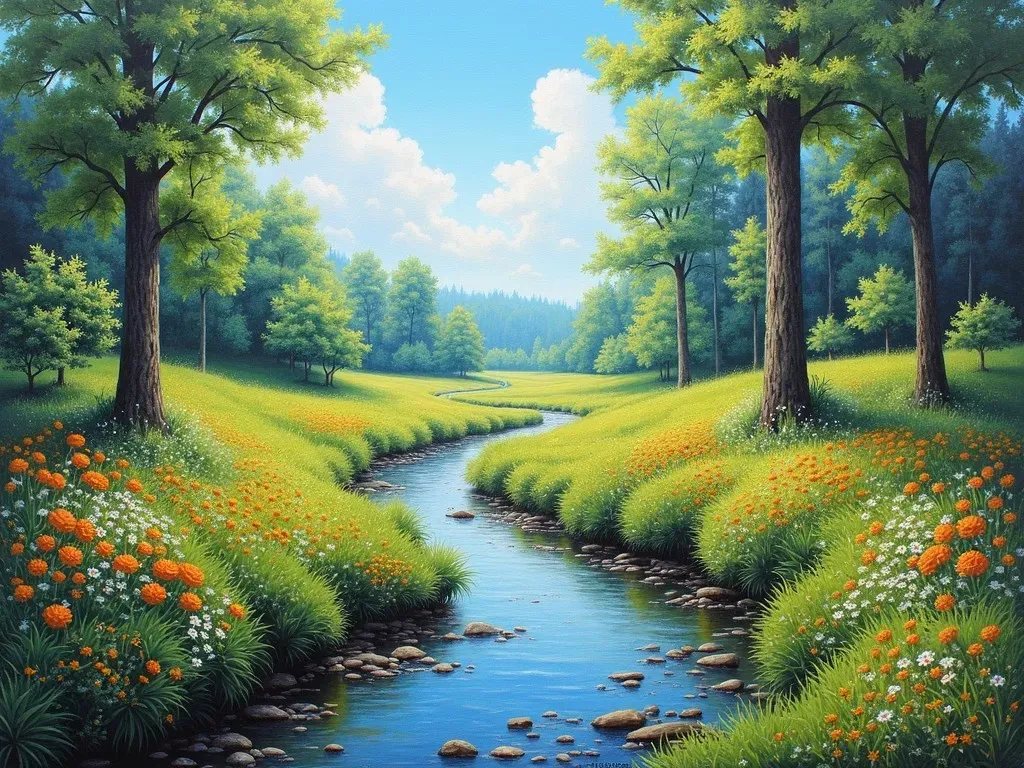
2. Impressionism
Originating in France during the 19th century, Impressionism revolutionized the art scene by emphasizing the effects of light and color. Artists painted landscapes and scenes of everyday life, often working outdoors (en plein air). This style is characterized by visible brush strokes and a focus on capturing the momentary effects of light.
- Notable Artists: claude monet, Edgar Degas
- Examples: “Impression, Sunrise” by Monet
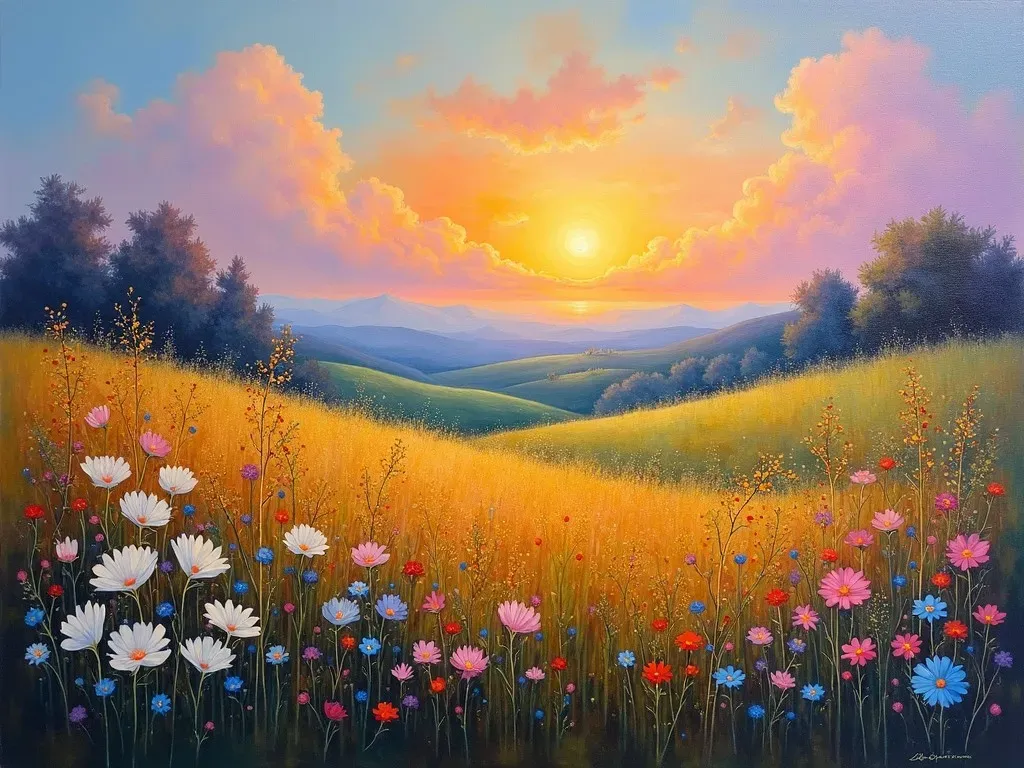
3. Post-Impressionism
Post-Impressionism developed from Impressionism but began to emphasize more symbolic content and formal structure. Artists in this movement sought to extend Impressionism while introducing new perspectives and techniques.
- Notable Artists: Vincent van Gogh, Paul Cézanne
- Examples: “Starry Night” by van Gogh
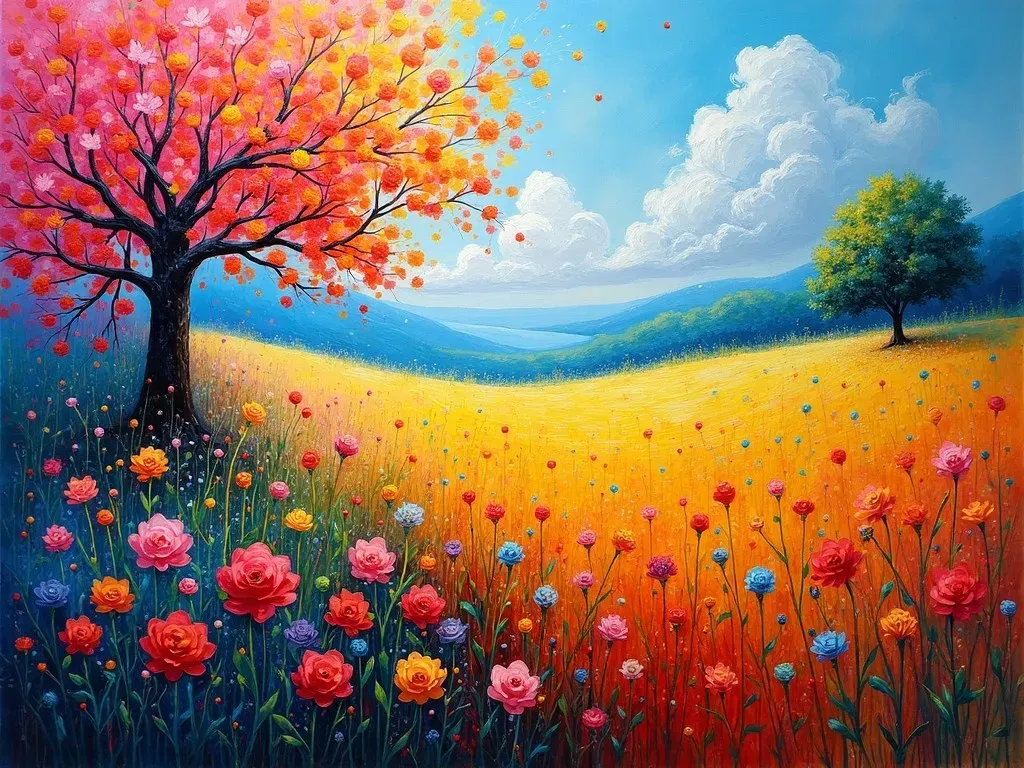
4. Expressionism
Expressionism emerged in the early 20th century, focusing on representing emotional experiences rather than physical reality. Artists sought to convey deep feelings through distortion, exaggeration, and bold colors.
- Notable Artists: Edvard Munch, Wassily Kandinsky
- Examples: “The Scream” by Munch
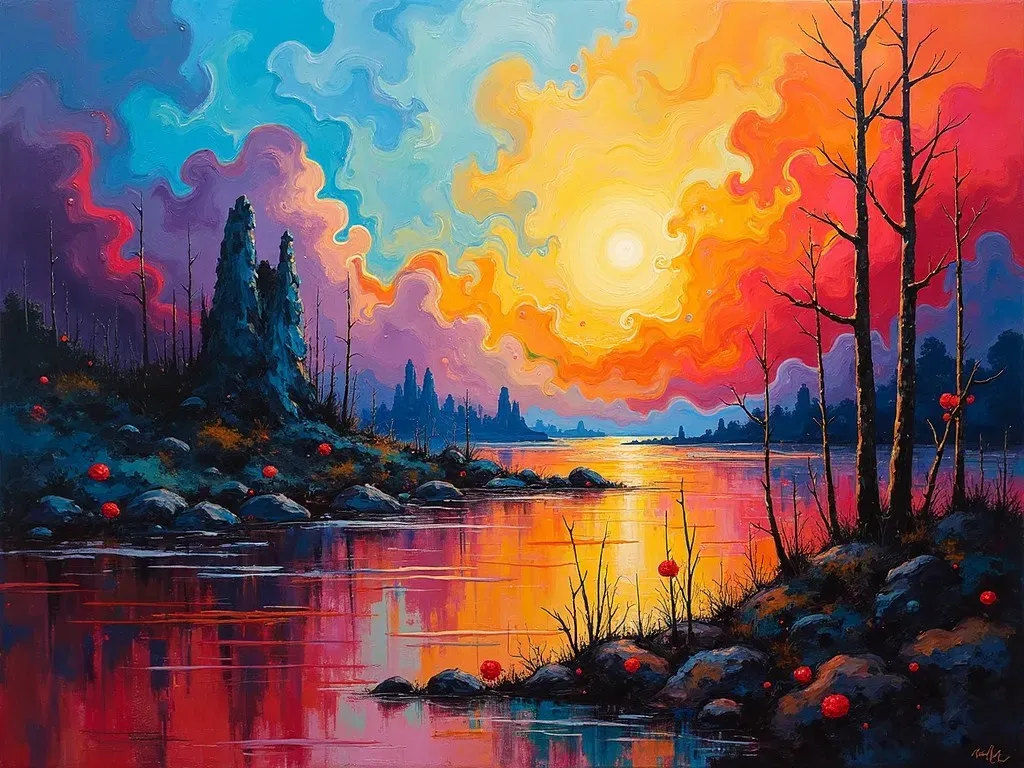
5. Abstract
Abstract art takes on a form that does not aim to represent external reality. Instead, it uses shapes, colors, and forms to achieve its effect, allowing viewers to interpret the art in personal ways, pursuing emotional and conceptual depth.
- Notable Artists: Piet Mondrian, Jackson Pollock
- Examples: “Composition II in Red, Blue, and Yellow” by Mondrian
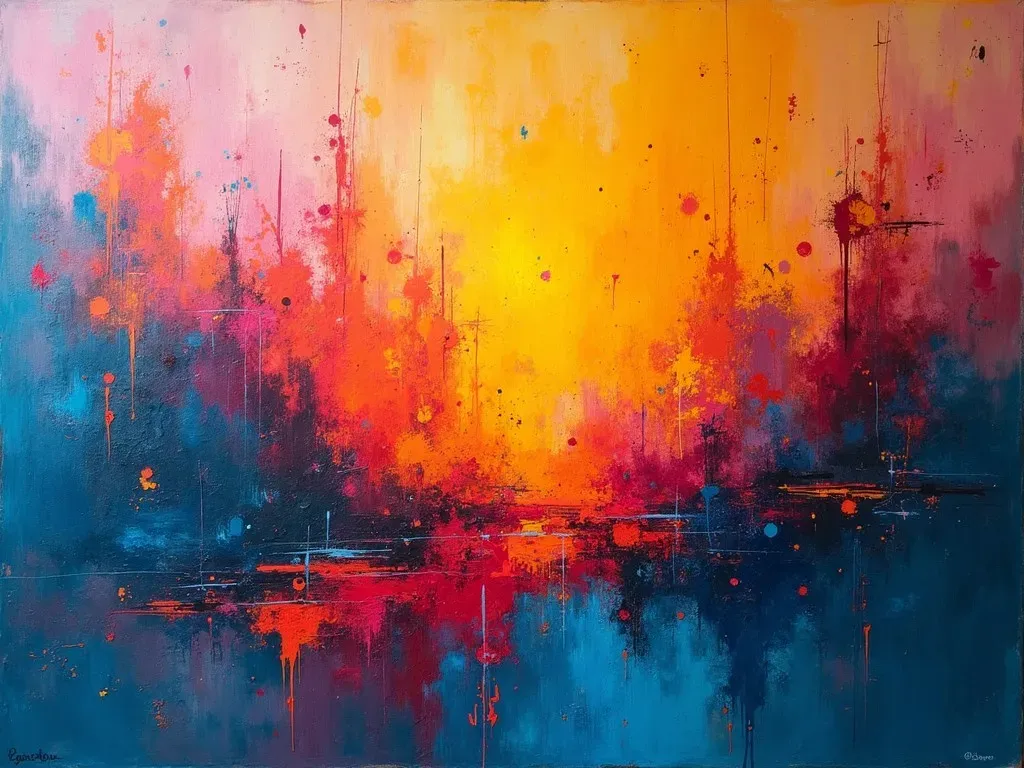
6. Surrealism
Surrealism emerged in the 1920s, combining dreamlike scenes and bizarre, illogical images to unlock the unconscious mind. Artists sought to challenge perceptions of reality and explore the strange and fantastical.
- Notable Artists: Salvador Dalí, René Magritte
- Examples: “The Persistence of Memory” by Dalí
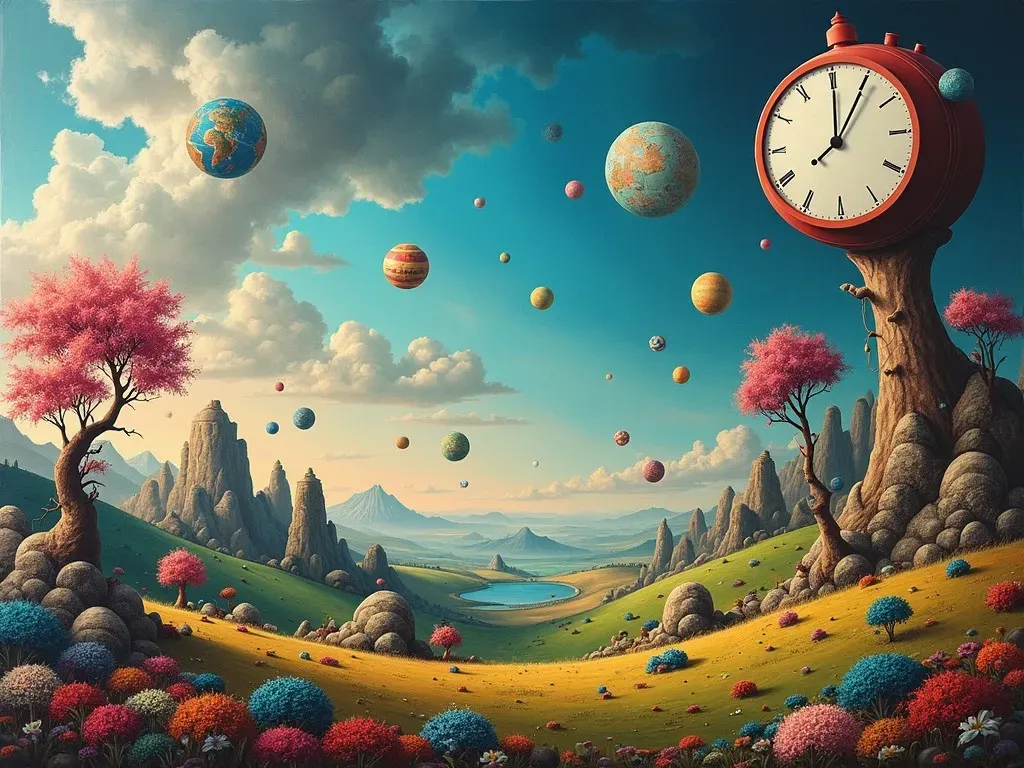
7. Cubism
Developed in the early 20th century, Cubism is characterized by fragmented objects and subjects presented from multiple viewpoints. This movement redefined how objects could be perceived on a flat surface.
- Notable Artists: Pablo Picasso, Georges Braque
- Examples: “Les Demoiselles d’Avignon” by Picasso
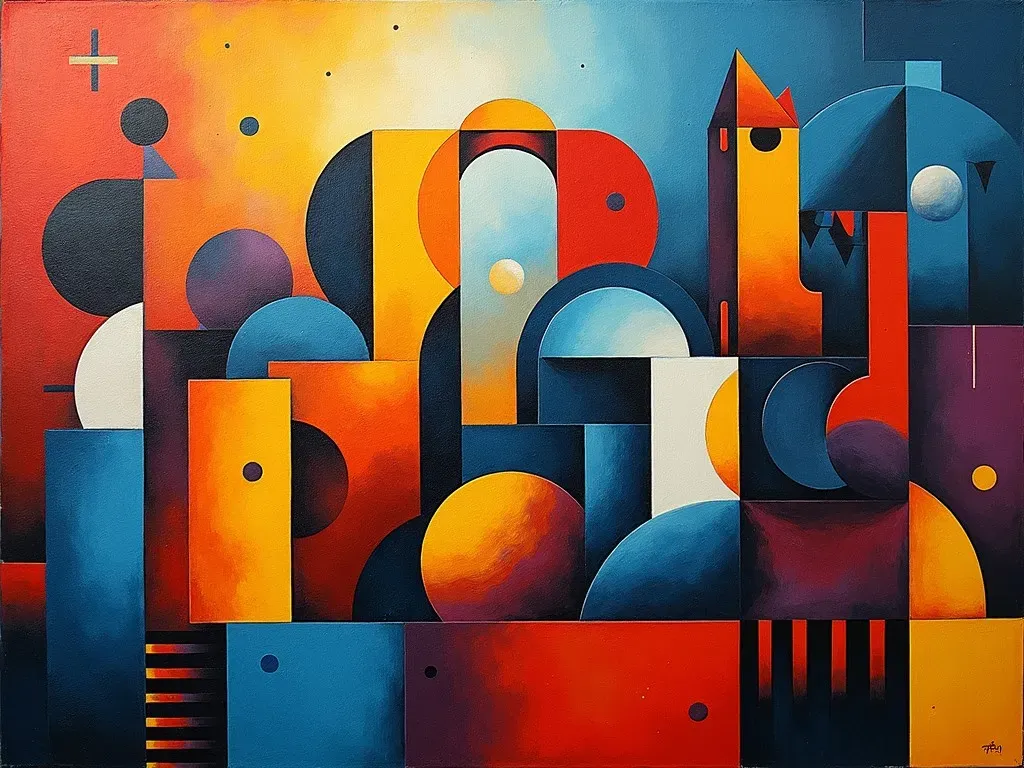
Art Painting Styles by Techniques
Various techniques differentiate these painting styles. Here’s a list of key painting techniques that complement the styles mentioned above:
| Technique | Description |
|---|---|
| Oil Painting | Using oil-based paints, known for rich colors and blending abilities. |
| Watercolor | Utilizes water-based paints, offering a translucent quality. |
| Acrylic Painting | Fast-drying paint that can mimic both oil and watercolor effects. |
| Gouache | Opaque water-based paint, ideal for vibrant colors. |
| Encaustic | Involves using heated wax to create texture and depth. |
Key Facts and Figures
- Number of Art Movements: Over 40 major art movements can be traced throughout art history, each contributing significantly to the evolution of painting styles.
- Popularity: According to a survey conducted in the art community, Impressionism remains the most favored painting style globally, with a preference score of 35% among art enthusiasts.
Frequently Asked Questions (FAQs)
What is the most recognized art painting style?
Impressionism is often recognized as the most influential and widely celebrated art movement. It introduced many of the techniques and ideas that are foundational to modern art.
How does an artist choose a painting style?
Artists often select a style based on personal preference, the emotions they wish to convey, or the message they want to express in their work. Experimentation plays a significant role in discovering one’s unique artistic voice.
Are there any contemporary movements similar to these styles?
Absolutely! Modern artists frequently draw Inspiration from these historical styles while incorporating contemporary themes and technologies. For example, Eco-Surrealism often blends Surrealism with environmental concerns.
Where can I learn more about different painting styles?
For a deeper dive into various art painting styles, you can refer to StudioBinder’s complete guide to art styles.
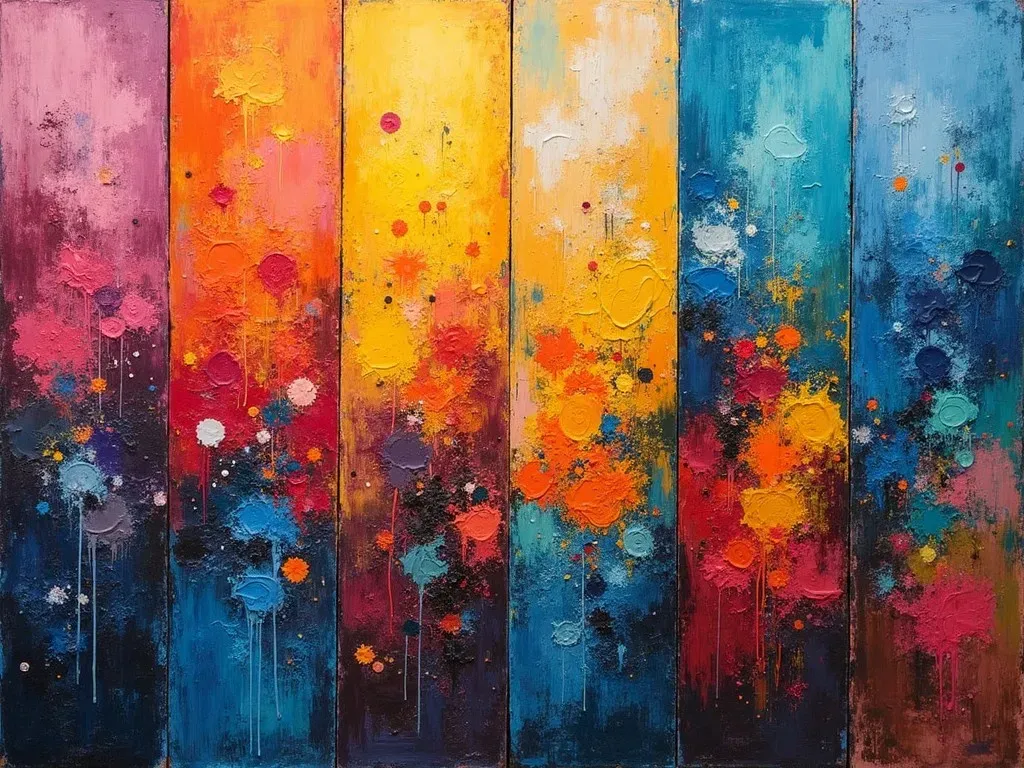
Art painting styles reflect humanity’s creative spirit, offering insights into culture, emotion, and the passage of time. Each style carries a legacy that inspires both artists and audiences, creating an enduring dialogue through visual imagery. Whether you are an artist or an art lover, understanding these styles deepens appreciation for the richness of artistic expression.
